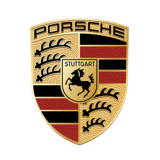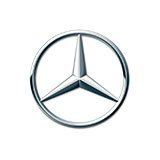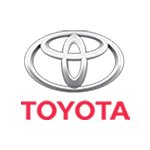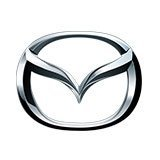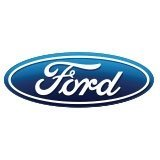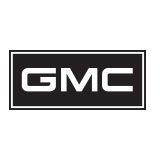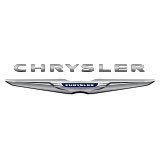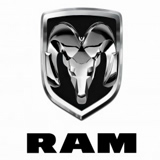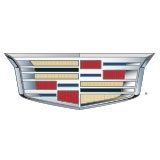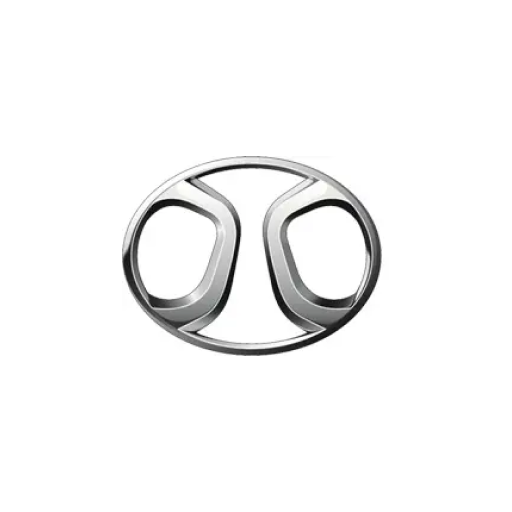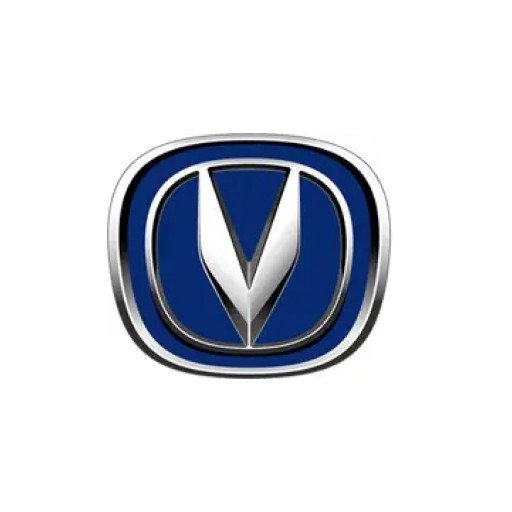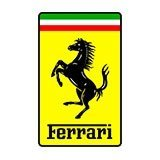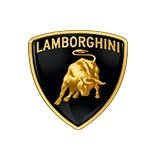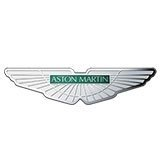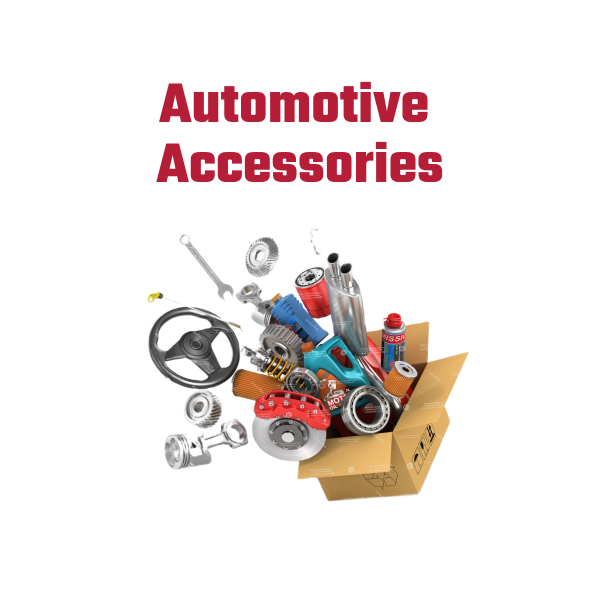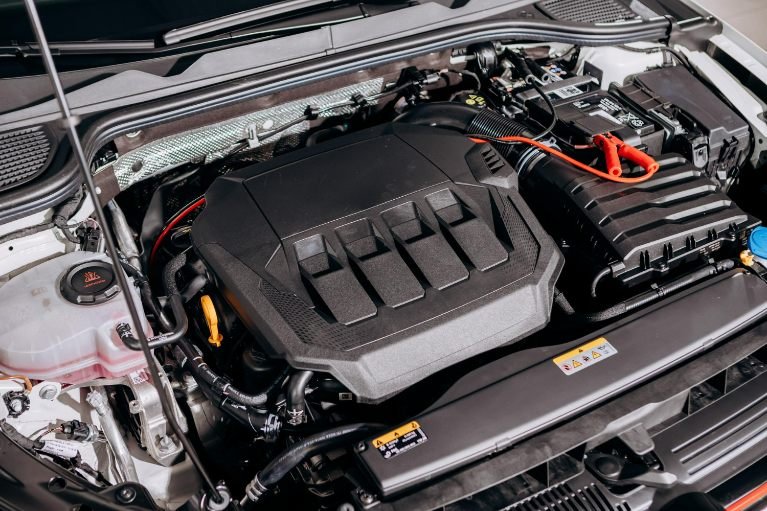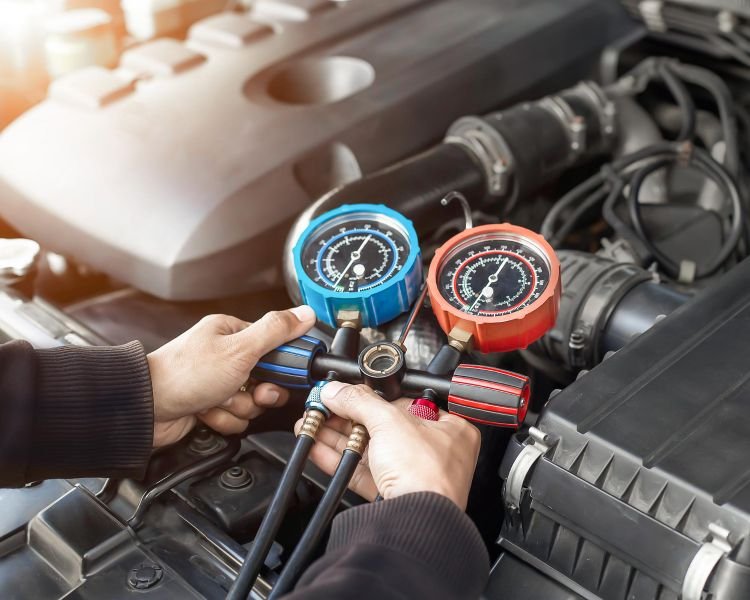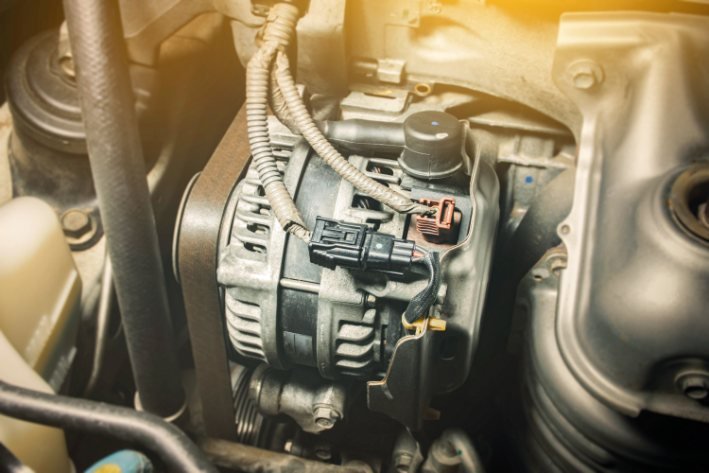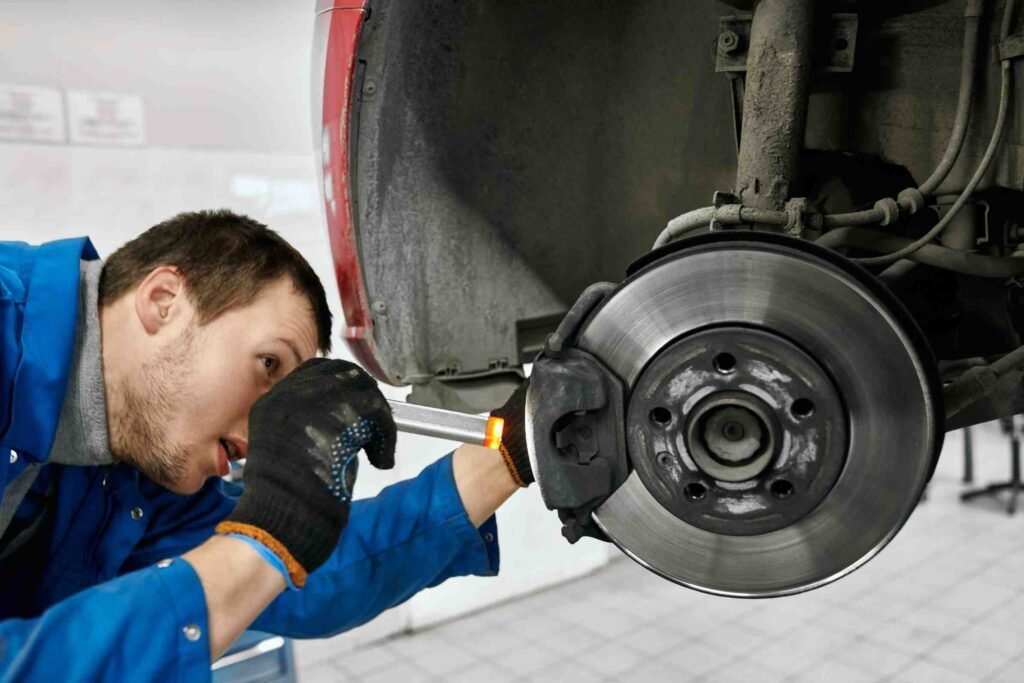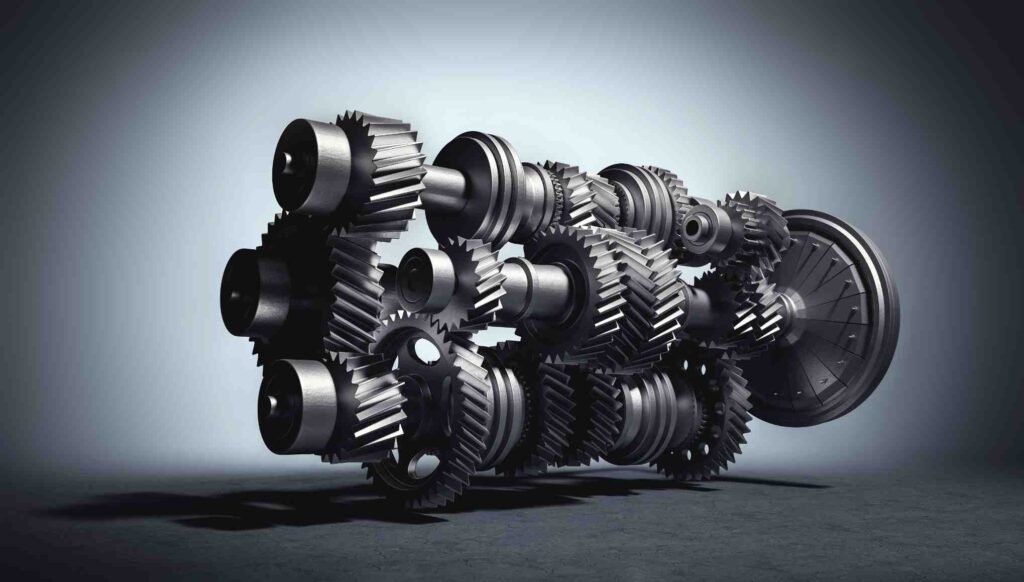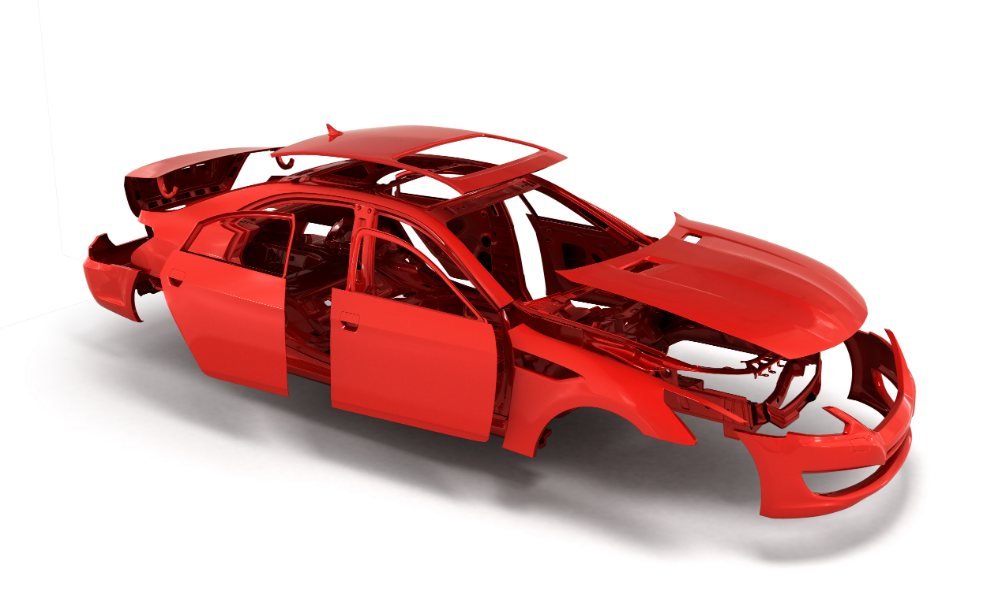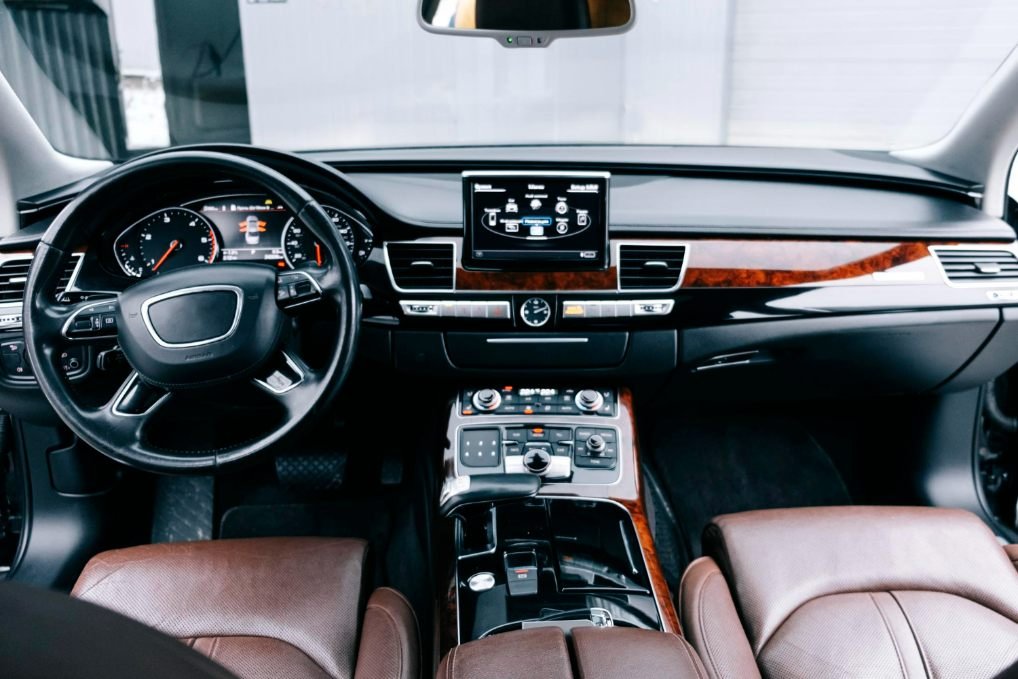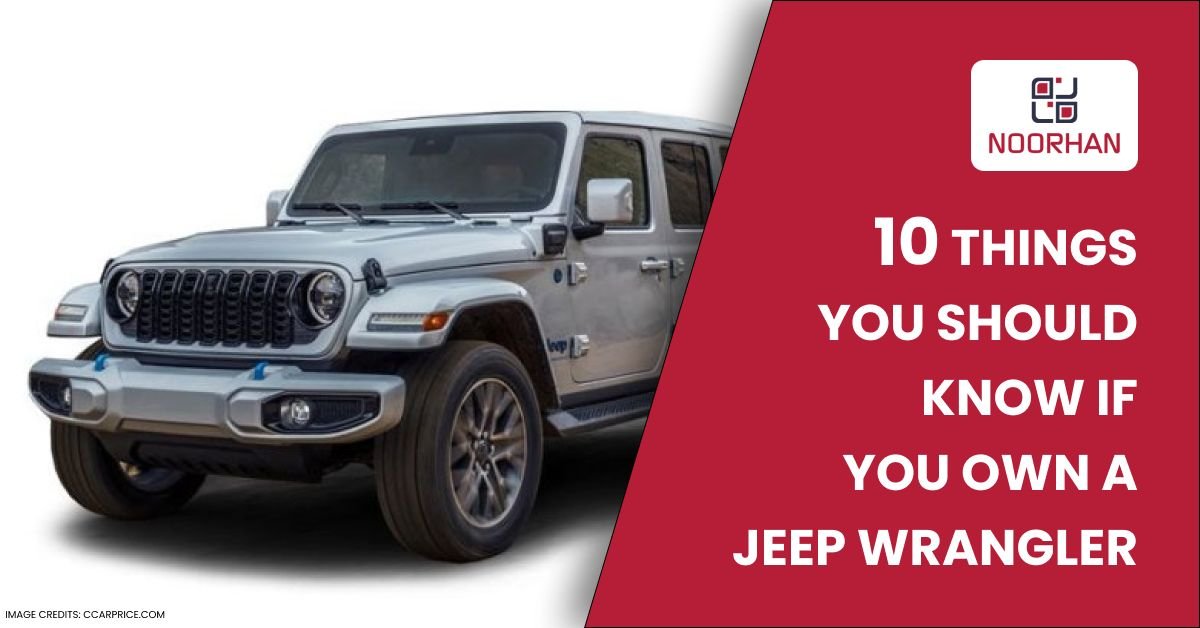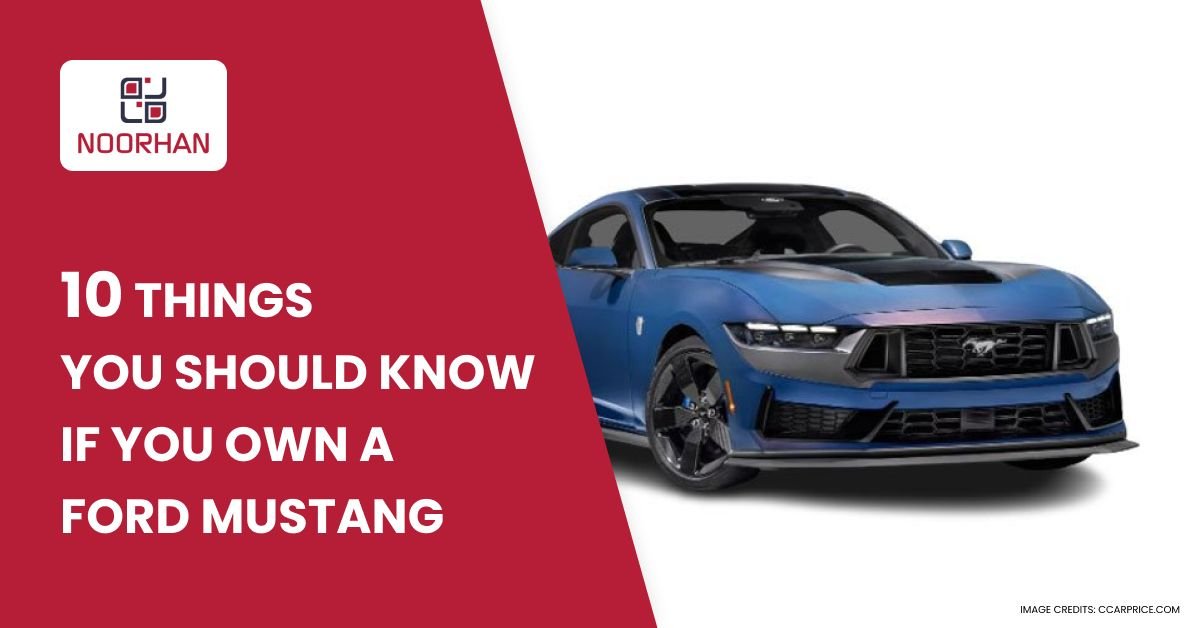BMW Nomenclature: How BMW Names Its Models?
BMW, or Bayerische Motoren Werke AG, is a German luxury automobile manufacturer known for manufacturing premium cars with exceptional performance, design, and engineering. One unique aspect of BMW’s brand is its car nomenclature, which consists of a series of numbers and letters that can often be confusing for customers and enthusiasts alike.
Fortunately, BMW follows patterns that are simple to understand once you learn how you can identify different BMW car models. In this article, We are going to discuss the topic “BMW Nomenclature: How BMW Names Its Models?”.
Throughout the article, we will explore the meaning behind the letters and numbers used, the history behind BMW’s nomenclature, and how this system has evolved over time to reflect changes in technology and customer preferences.
How BMW Names Its Models and How to decode it?
Decoding BMW’s nomenclature can be a bit confusing, but it’s not too difficult once you understand how BMW names its models. BMW uses an alphanumeric naming convention to name its models. The names of all BMW car models start with a letter and are then followed by a string of various digits. Although the letter denotes the car’s overall body style, the numbers denote the model’s features in terms of performance, technology, and other features.
Here is a detailed breakdown of BMW’s Nomenclature:
Series:
The initial number in a BMW car model’s name identifies the series or group to which the car belongs. For example, the BMW 3 Series is part of the compact executive car segment, while the BMW 5 Series is part of the mid-size luxury sedan segment.
Body Style:
The letter that follows the series number indicates the body style of the car.
Here are some common body style designations:
- “M” stands for “Motorsport,”
- “i” stands for “sedan”
- “d” stands for “diesel”
- “C” stands for “coupe”
- “CV” stands for “convertible”
- “GT” stands for “gran turismo”
- “X” stands for “crossover/SUV”
- “Z” stands for “Roadster” or “Coupe”
Engine Type:
The two or three-digit number after the body style letter denotes the vehicle’s engine type and performance level. A higher number signifies that the engine has more power.
Here are some examples:
- 328i: The 328i is a 2.0-liter turbocharged four-cylinder engine.
- 330i: The 330i is a 2.0-liter turbocharged four-cylinder engine with higher output than the 328i.
- 335i: The 335i is a 3.0-liter turbocharged six-cylinder engine
- 340i: The 340i is a 3.0-liter turbocharged six-cylinder engine with higher output than the 335i.
Additional Features:
BMW also includes additional letters and numbers to indicate specific features, trim levels, or special editions.
Here are some Examples of Additional Features:
- The “M” after the Engine Type stands for “Motorsport” and indicates a high-performance model of BMW car.
- The “xDrive” after the Engine Type indicates that the vehicle has all-wheel drive.
- The “e” after the Engine Type stands for “electric” and indicates a hybrid or electric model
Generally, BMW’s naming strategy is intended to clearly indicate the model’s category, body style, engine type, and features.
A Brief History of BMW Nomenclature
BMW’s distinct alphanumeric naming scheme has become a trademark of the brand.
Here’s a breakdown of how BMW’s nomenclature has evolved throughout time:
- 1930s: BMW first used model numbers to distinguish its cars in 1936, with the BMW 326.
- 1950s: BMW launches a new naming technique that uses numbers and letters to convey additional information about the engine, body style, and trim level of the car. The BMW 501, for example, had a 2.6-liter engine and was available in both sedan and coupe body types.
- 1960s: BMW unveils its “New Class” cars, which use a new naming approach that includes numbers and letters. The model name’s numbers denoted the vehicle’s class, while the letters denoted the engine size and body type. The BMW 1600, for example, was a 1.6-liter sedan, and the BMW 2002 was a 2.0-liter coupe.
- 1970s: BMW launches their first “5 Series” car, which is intended to provide a blend of luxury and performance. The 5 Series was succeeded by the 3 Series and the 7 Series, increasing BMW’s product lineup even more.
- 1980s: In the 1980s The “M” series, which stands for Motorsport and represents the company’s high-performance cars, was introduced by BMW. The BMW M1 was the first M model.
- 1990s: In 1990s the BMW introduces the “Z” series, which includes the Z3 and the Z4 cars.
- 2000s: In 2000s the BMW launches its first SUV car, the X5, followed by the X3, X1, and other models in the BMW X series.
- 2010s: In 2010s BMW introduces its “I” series, which includes electric and hybrid cars such as the i3 and i8.
- Today: BMW’s nomenclature is changing constantly. BMW continues to introduce new models and upgrade old models. The brand’s alphanumeric naming practice remains a distinctive feature.
Criticisms and Controversies Surrounding BMW Nomenclature
BMW is a luxury car manufacturer renowned for its stylish cars. Yet, the company’s car naming procedure has been a cause for dispute and criticism throughout the years. BMW’s alphanumeric naming system, which combines letters and numbers to identify its car models, has been criticized for being too complex and challenging to understand, which might also put off some buyers. Furthermore, some believe that the system is misleading and limits the company’s capacity to extend its product line. There is also debate over the nomenclature system’s influence on BMW’s brand image, with some claiming that it may make the brand appear cold and impersonal.
Here are the key points about criticisms and controversies surrounding BMW’s nomenclature system:
- BMW’s naming system labels its car models with letters and numbers, with the letter indicating the series of the car and the number indicating the engine size.
- Critics believe that the system is overly complicated and challenging to understand, particularly for people unfamiliar with BMW’s naming practices.
- Some people claim that the system is also misleading because the model number may not adequately reflect a car’s capabilities or features.
- Since each model must adhere to the existing naming rules, the nomenclature system may limit BMW’s ability to create new models or extend its product range.
- The influence of the nomenclature system on BMW’s brand image is debatable, with some claiming that the use of numbers and letters might make the brand appear cold and impersonal.
- BMW has made several changes to the system throughout the years, such as adding letters to signify different types of cars, but the essential framework has remained the same.
In the end, the effectiveness of BMW’s nomenclature system will be determined by how effectively it connects with customers and communicates the brand’s values and offerings.
Conclusion:
Lastly, BMW’s nomenclature is a one-of-a-kind alphanumeric system that employs letters and numbers to name its car models. We hope you have gained a thorough understanding of the topic “BMW Nomenclature: How BMW Names Its Models?” from this article. BMW’s nomenclature accurately describes the model’s category, body style, engine type, and features. BMW’s nomenclature system has changed over time to accommodate technological advancements and customer preferences. BMW’s nomenclature dates back to the 1930s and has remained a distinctive feature of the brand since then. Even though, the naming system has been criticized for being too complex and challenging to understand.
Where can you purchase BMW Spare Parts in Dubai?
BMW Spare Parts are available at different suppliers and dealers of auto spare parts in Dubai. Noorhan is amongst the leading brands that deal with genuine auto spare parts and aftermarket parts for different car brands, including BMW, Mercedes, Audi, Porsche, Honda, Toyota, Nissan, Mazda, Jeep, Ford, and other Japanese, European, American, Korean, luxury cars brands
If you’re looking to replace your BMW spare parts with high-quality aftermarket parts in Dubai, Noorhan can help you.



